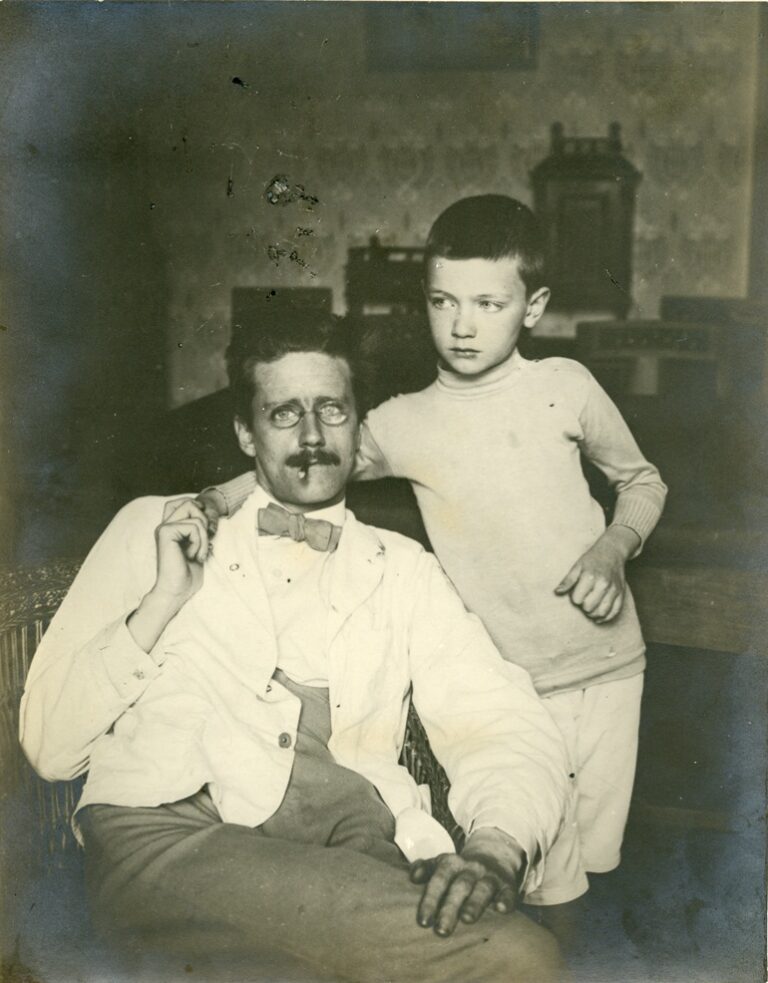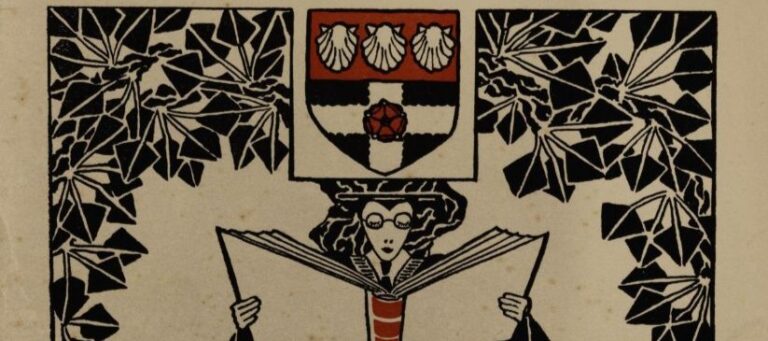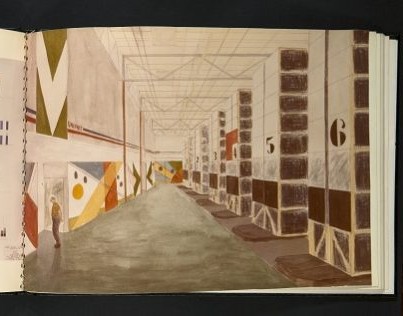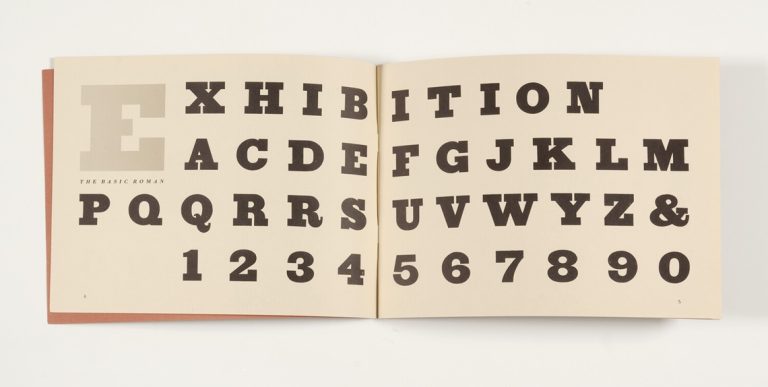A Century in Print: Exploring Student Life Through University of Reading’s Magazines (Part 2)
In the conclusion of this two-part blog, Claudia Ricci, Metadata and Collections Manager Librarian (Museums and Collections), explores the student magazines and University serial publications held in the Reading University Reserve Collection and University History Collection.
-
Author
- dannicorfield
-
Published Date
- November 24, 2025
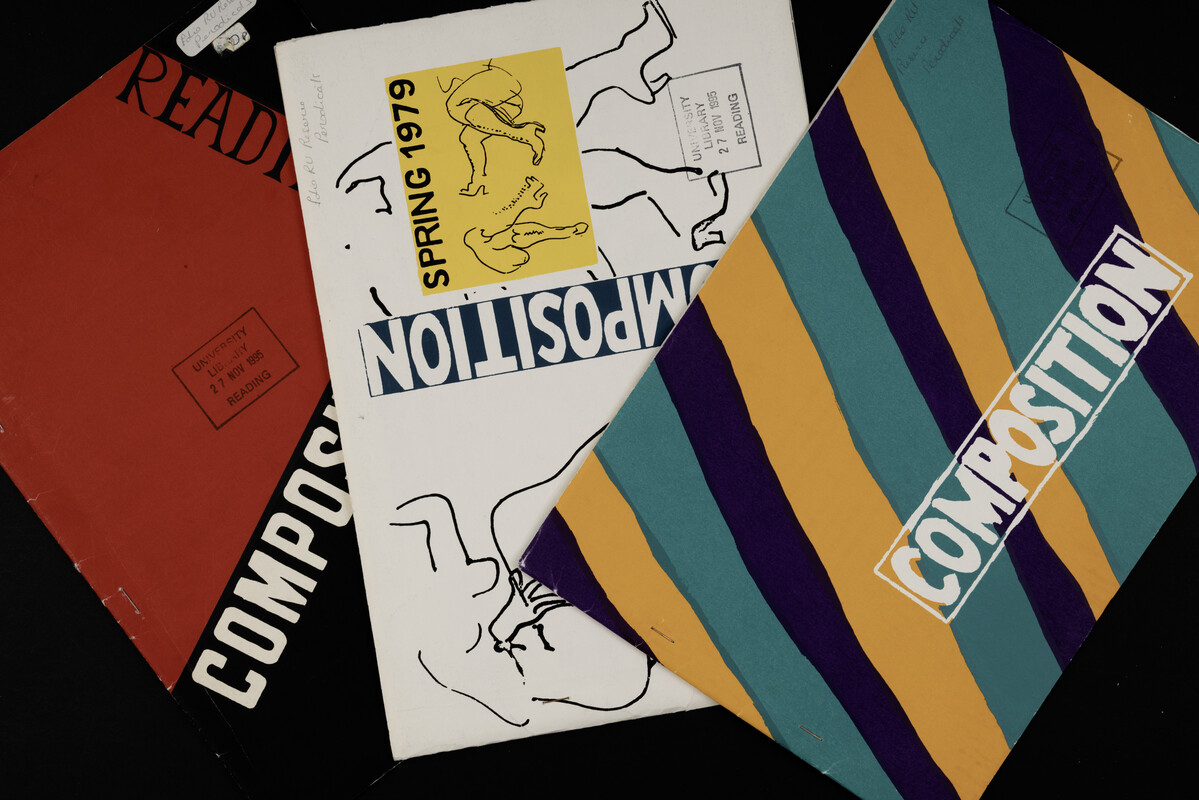
We continue our journey through the extensive range of periodical publications housed in the University History collection, also known as Reading University Reserve (RUR), and we delve into an area, where library collections, which are published, occasionally overlap with archive holdings, which are unpublished (the latter will receive dedicated attention once the University archives are fully catalogued).
Below we list more categories of periodical publications issued by university bodies and small groups of individuals, which were not always published regularly or distributed widely, hence the gaps in our holdings.
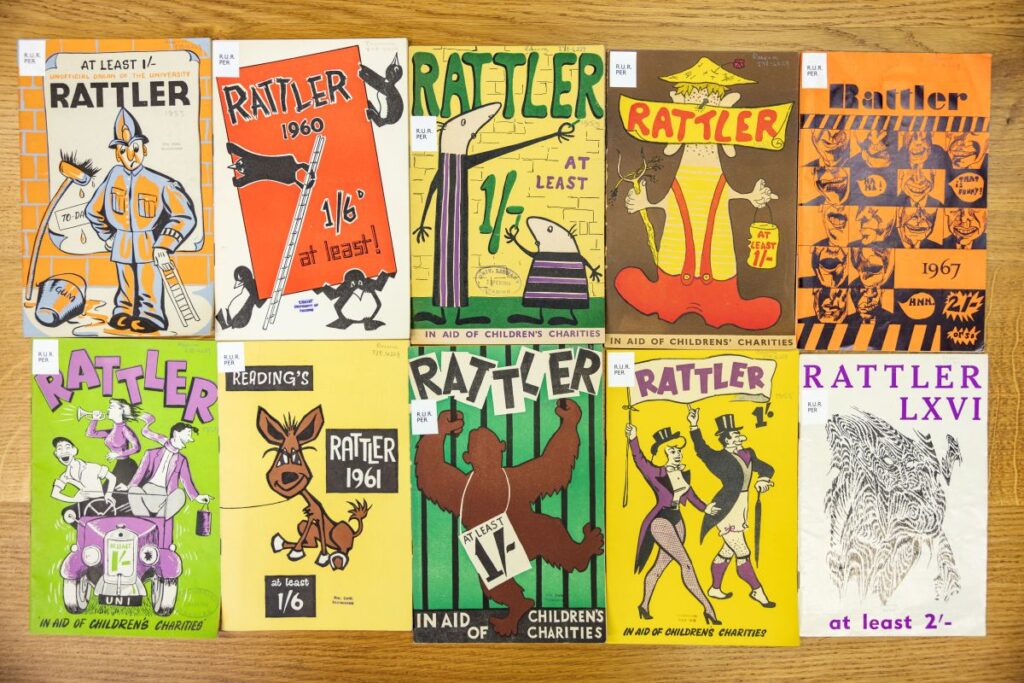
Departmental journals
Official journals issued by departments, schools and research centres spanning a large range of disciplines and highlighting some of the subject strengths of the University. They vary in the quality of their materials and in the distribution – examples include: The Italianist, a current publication of the Department of Italian Studies; Music in schools and Da capo issued by the Music Education Centre in the 1980-90s; Isopoda published by the Department of Zoology, 1987-1990 ; Laden Wain (and New Laden Wain, 1949-2000), the journal of the Department of Agriculture; Reading medieval studies, another current title (in publication since 1975); Typography papers (Department of Typography & Graphic Communication, 1996-2007); and Reading University law review (1988-1999).
Societies’ magazines
Less official magazines, often in the form of ‘zines’, issued by specialist groups, University clubs and societies that share a common interest, whether academic or not: Kinema and Umbrella (both titles containing film reviews, only 1 issue of each, 1965); Claw and Croc (organs of the Zoology Society between 1975-1980); Flame (Chemical Society, 1960-1969); Magma of the Geology Club; Politika (the journal of the Politics Club, 1969-1973). This category also includes the magazines of the language societies, e.g. La Gazette: magazine de langue française, Il minestrone (Italian Society), Ios enēmerōsēs (Hellenic Society); while Composition and Boglioni straddle between this category and the previous one, as they look like ‘zines’, but were issued by the Department of Fine Art, 1977-1978, and feature interviews with renowned artists. We have not found any zines produced by the GaySoc (name of the LGBTQ+ society during the 1960s-80s), but it is possible that a degree of self-censorship prevented its members from depositing copies with the library at the time or in later years. We would love to hear from anyone who might have publications issued by GaySoc or affiliated groups.
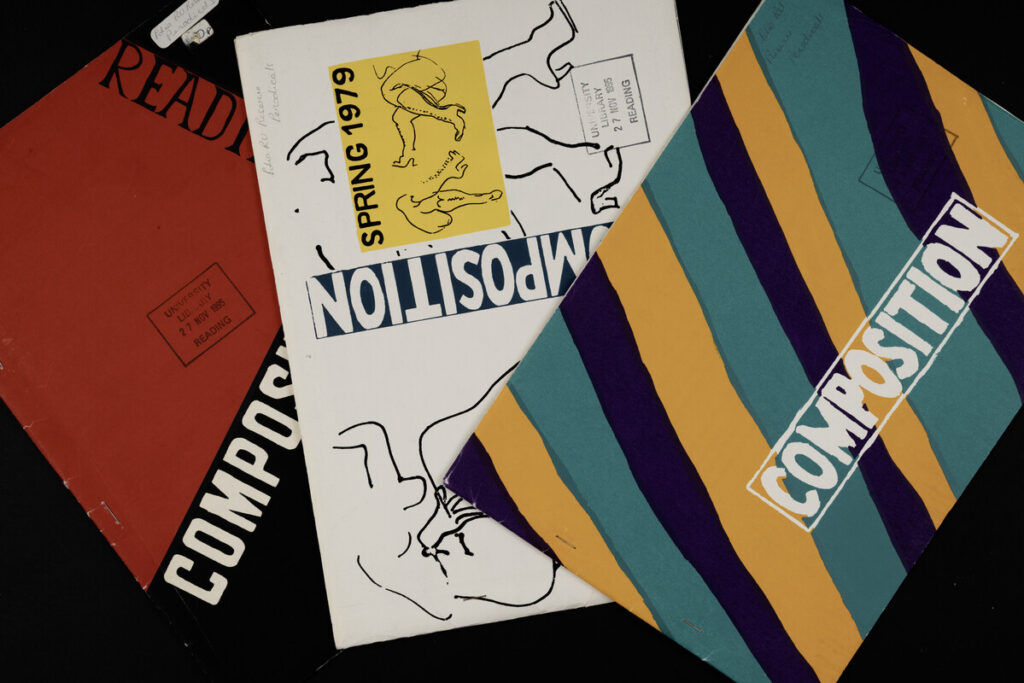
Little magazines and ‘zines’
There is a large array of literary zines or little magazines, which contain mainly poetry, occasionally short stories and other literary works, sometimes based on collaboration between students and academics : Simple sister (only 2 issues in 1973, entirely handwritten down to the advertisements on the last page; ); Worm/Little worm (3 thin monthly typescripts full of prose, poetry and commentary and frugally stapled together, Nov. 1969 – Jan. 1970); Gyre, subtitled “The English Society broadsheet” (no 1-5, 1968); Engagé (typescript and undated, probably 1958); Little reada, “The only absolutely independent absolutely free magazine in the South of England.” (1970s?); Viewpoint (published in 1948-1960 as an “alternative voice to Tamesis”). Inexpensive and simple to produce, they may have originated from a spontaneous whim or a spirited suggestion made during a drinking session. Perhaps the initial spark soon faded away, or the print run was very small due to lack of funds and limited distribution, or for another reason they failed to reach our library collections…
Satirical student magazines
Other student zines that were issued without a particular focus and are often humorous if not outright satirical, and sometimes double up as event calendars: Hell issued by the Rags Committee (1966); the series of Rags/Ratbag/Batrag/Fartbag that changed its title every week (!) in 1970-71; On your bike (1 issue from Dec 1976, possibly inspired by the words of Conservative politician Lord Tebbit); Paparazzi (another lonely issue from 1990); Mash newsheet and Mash magazine (1973-1975)
Zines of the students’ halls
Some of the oldest halls of residence issued their own zines at various times in their history: St Patrick’s Hall appears to have been the most prolific (4 different titles throughout the 1960s – Shellelagh / New Patsman/ Private Pats/Patsboy); followed by Windsor Hall (Context, 1964-68); Sibly Hall (Grapevine, no. 1-10, 1968-69); and Saint Andrews’ Hall (Andrew’s liver salts, 1980), the current home of the Special Collections. There is also a vol. 1 of 1928 and all that, which describes itself as “a history commissioned by the Revolutionary Sheep Night Committee of Wantage Hall” and might be an attempt at their halls’ magazine.
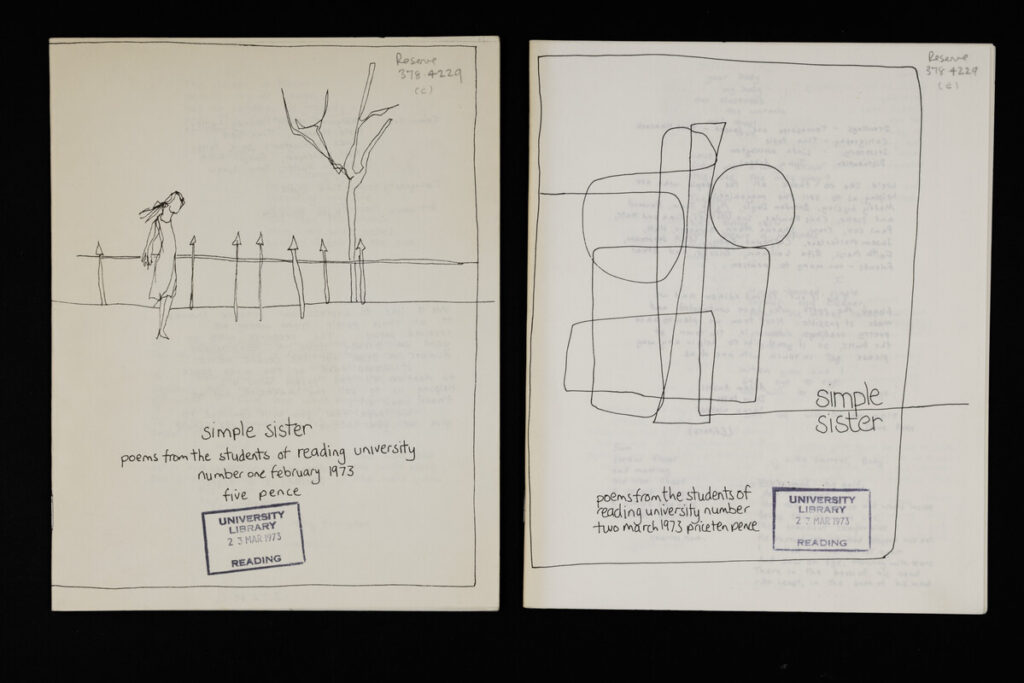
Organs of political movements
There is a large number of magazines issued by politically and socially inspired protest movements, activist groups loosely affiliated to political parties or with a more specific agenda, e.g. human rights including LGBTQ/ feminist/environmental/anti-racist, which reflect the history of student and protest movements in 1960s-70s Britain. Examples include: Agitator (1972-1988); Cynic (1968); Dissent (1970-1973); TIT (1969); In revolt and Hat & cloak (organs of the Anarchist Group, 1966-1979); Reading matter and Right track (Conservative Association, 1971-77); Struggle (Labour Club, 1974-75); Adlib (Liberal Club, 1973-75) ; Hysteria and the Reading Women’s Group newsletter (examples of feminist protest in our holdings, from the Eighties); Ostrich (organ of the Society for the Promotion of Equality among Races, 1982); Survival (Conservation on campus, 1975). As mentioned, we have not come across a specifically UoR student magazine about LGBTQ+ rights, but we hold issues of Gay Arrows, the Reading Gay Alliance newssheet (1972) which listed University staff and students among its members.
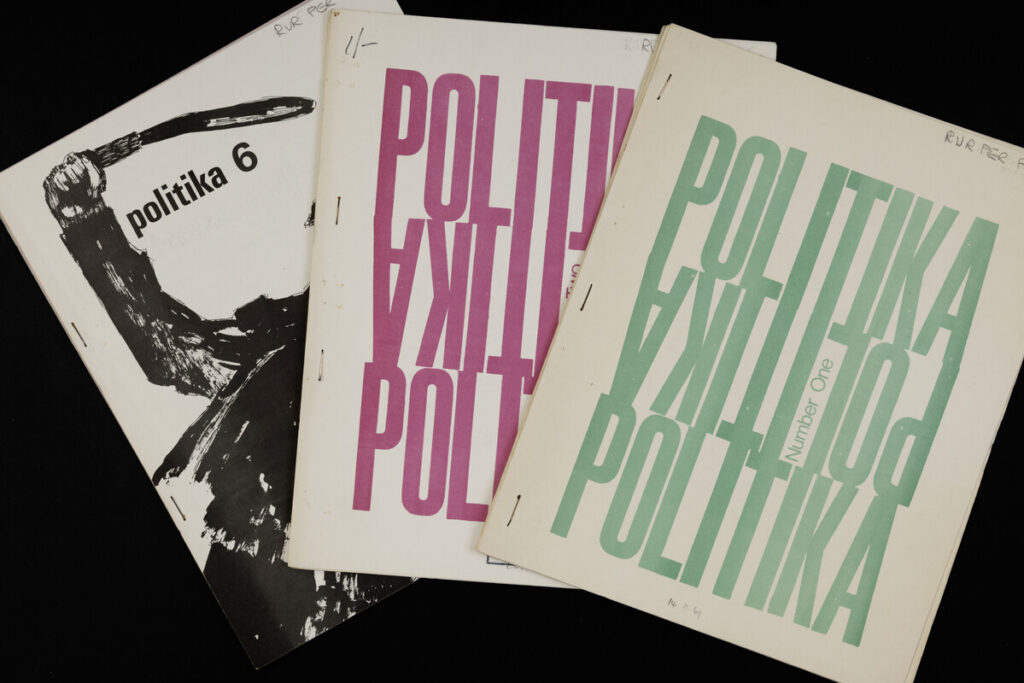
The voice of religious groups
Similarly, there are magazines inspired by shared spiritual beliefs or issued by organized faith groups: Ichthus (UoR Chaplaincy, 1972-73); Jay Ce (a Christian zine, 1972-73) ; Agape and Credo (1973-78), but this selection is not entirely representative and we are missing other voices, especially non-Christian groups. There are obvious limitations in our selection of titles and materials, as we only hold what has been deposited with the library at the time or acquired through gifts in more recent years.
Other groups …
Finally, there were other publications issued by informal associations and individuals aimed at specific ‘minority’ groups, such as overseas students or post-graduates: The fresh guide to Reading complemented the more formal Living in Reading : a handbook for students from overseas (co-published with the British Council) and the International and Study Abroad Office newsletter; while One degree over and Leaves (1974) are aimed at the growing population of post-graduate students.
It goes without saying that these publications are very much the product of their own time — intended for immediate consumption and, like much ephemera, expected to be discarded soon after. The terminology, humour and general contents may now be considered offensive by contemporary readers and researchers, and is clearly outdated. Many references are obscure to us today, as we lack the cultural and historical context to fully understand them.
Another common trait among the publications listed in this second post is their fleeting nature: magazines were often short lived, issues are missing and the publishing patterns are highly irregular, with inconsistent numbering and omissions of dates.
Hence our appeal to anyone who may possess copies of these titles (or Spark during 1997-2004 and post-2015) and is willing to share or donate them: please do get in touch!
All the periodicals listed above are catalogued on Enterprise and can be consulted in our Reading Room.
Claudia Ricci
Metadata and Collection Management Librarian (Museums and Collections)
c.ricci@reading.ac.uk
Do you have copies of any of the magazines featured here – or issues of Spark from 1997-2004 or after 2015?
We would love to hear from you. Please get in touch if you are willing to share or donate materials that can help fill the gaps in our collections.
Continue Exploring…
Discover more in the lead up to our Centenary Year in 2026.
🔗 Explore the University’s History Collections →
🔗 Learn more about University of Reading’s Centenary →
